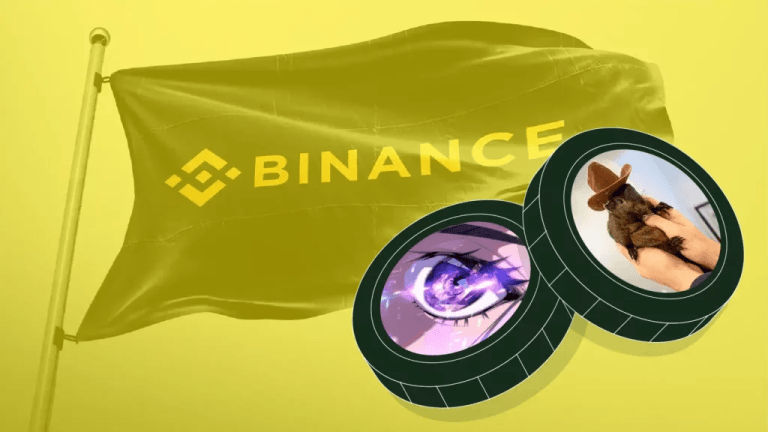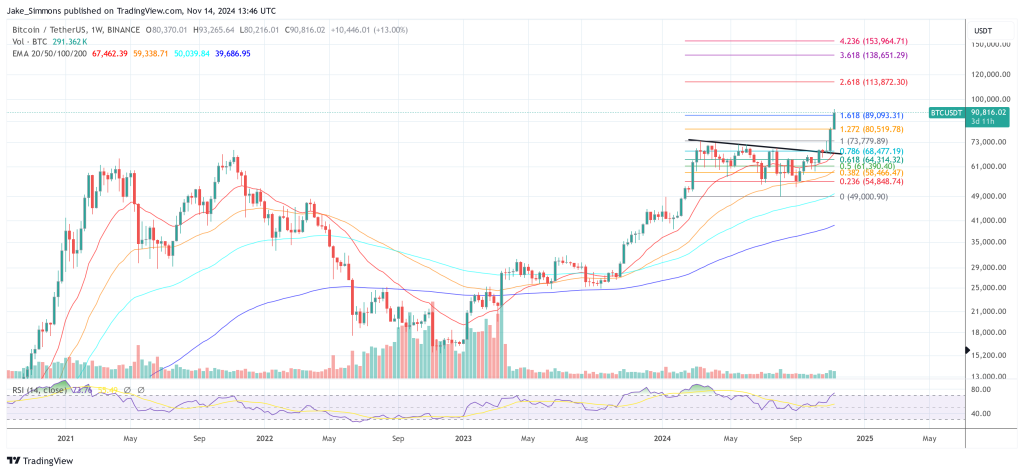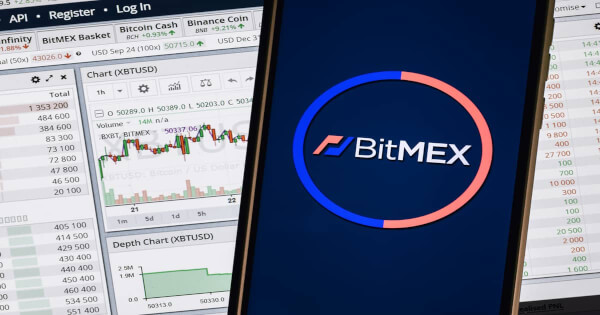Summary
In this post I would like to provide some information about Liquidity Pools and how you can incorporate them into your long-term portfolio strategy. This strategy is not so much for active day-traders as it is for long-term HODLers that want to improve their returns. I want to show that impermanent loss is a factor, but it's not so scary when considered as part of a complete portfolio.
What Is A Liquidity Pool?
I won't spend a bunch of time on this topic. From cointelegraph:
A DeFi liquidity pool is a smart contract that locks tokens to ensure liquidity for those tokens on a decentralized exchange. Users who provide tokens to the smart contract are called liquidity providers.
In this post I am going to focus on the "market maker" aspect of liquidity pools: namely, the liquidity providers. Liquidity providers (LPs) commit their tokens to a large pool to facilitate trades between the tokens. Without LPs, DEXs like Uniswap would be unable to function.
How Are Liquidity Providers Rewarded?
Most DEXs charge a flat fee on every swap. For example, Uniswap on Ethereum and Quipuswap on Tezos both charge a flat 0.3% fee on each swap. The fee is indirectly distributed to all LPs by increasing the value of the pool, such that when the LP exits the pool, their position is worth more.
Example: Let's say I start my own DEX called LunarSwap. I create a liquidity pool for trading between Lunars and ETH. Let's also say I'm the only one that can add or remove liquidity, and I charge a swap fee of 0.1%. I start with $1k of each Lunars and Eth. Along comes Nina. She wants more Lunars, so she swaps $100 of Eth with the pool for Moons. In return she receives $99.9 worth of Lunars after accounting for fees (ignoring slippage). The pool now has $1100 of ETH and $900.1 of Lunars. Therefore, the value of the entire pool increased from $2000 to $2000.1. LunarSwap just made $0.10! (These calculations are not exact. For more info on the exact math, read more about how AMMs set prices for swaps.)
What About Impermanent Loss?
If you have heard about LPs before, you have probably heard the scary term "impermanent loss" before. This refers to the concept that you could lose money by being a liquidity provider if you exit the liquidity pool when the prices of the two assets have diverged.
It seems to me that many crypto investors stay away from liquidity provision due to fear of impermanent loss. I'm here to show you that impermanent loss is not as scary as it sounds, and that the rewards from being a liquidity provider can certainly be worth the risk.
This impermanent loss calculator is great for trying out some actual numbers.
How Much Can I Actually Make By Providing Liquidity?
It's not immediately clear what the rate of return would be when providing liquidity when you are rewarded a percentage of each trade, proportional to your share in the pool. However I have come up with a simple equation to approximate the rate of return.
Return = TurnoverR * LiquidityFee
In this equation, turnover is defined as the number of times the entire pool is traded - in other words, the ratio of trade volume to liquidity. If a pool has $500k of liquidity and does $750k of swaps in 1 day, then it would have a turnover of 1.5 (750/500). If the given pool has a typical rate of 0.3% fees, then everyone in the pool would receive a return of roughly 0.45% on that day.
To seek the highest return, you would want to find pools with the largest ratio of volume to liquidity.
Scenarios
Here I'll demonstrate my thought process through some examples. Let's say our investor Nina has $10k to deploy. We'll use ETH and BTC as our two assets, and we'll see where Nina ends up when she uses LP as part of her portfolio versus when she does not.
Portfolio
In both portfolios, Nina starts with $5000 of each BTC and ETH. Let's use roughly today's prices to determine how many coins that is (rounded a bit to make the math nice).
- BTC $50,000 per coin = 0.1000 BTC
- ETH $4,000 per coin = 1.25 ETH
Strategies
- Boring Strategy: Buy and hold (long position)
- LP Strategy: Provide liquidity with other 100% of position
To execute the LP strategy, Nina wraps half her BTC in wBTC (we'll ignore the gas fees) and provides liquidity in the ETH/wBTC pool on Uniswap.
Assumptions
We'll use the current Uniswap ETH/wBTC pool stats as an estimate for the rate of return. At 289MM TVL (liquidity) and 51MM 24h Volume, the Turnover Rate is about 1/5.5 days. This rate is not compounding due to the way Uniswap distributes fees (in a side distribution pool which must be explicitly tapped by liquidity providers). We'll also assume that the fees collected are split evenly between wBTC and ETH.
We'll use an investment duration of 1 year. In that time, the total fees accrued in the liquidity pool would be 365 / 5.5 * 0.3% = 19.9% . Let's see how that plays out in the scenarios.
Scenarios
Below I have a variety of scenarios with various performances of the coins. They were chosen to demonstrate the interplay between the collected liquidity fees and the overall Rate of Return of the investment strategy. Remember, this is all with an initial investment of $10,000.
| Scenario | Strategy | Liquidity Fees Collected | Value of Liquidity Tokens | Impermanent Loss | Total Coins | Total Investment Value |
|---|---|---|---|---|---|---|
| Bull Market: ETH +100%, BTC +50% | Boring Strategy | 0 | 0 | 0 | 0.1 BTC, 1.25 ETH | $17,500 |
| LP Strategy | 0.0199 BTC, 0.24875 ETH | 0.115 BTC, 1.083 ETH | -1.03% | 0.1349 BTC, 1.33175 ETH | $20,771 | |
| Crab Market 1: ETH 0%, BTC 0% | Boring Strategy | 0 | 0 | 0 | 0.1 BTC, 1.25 ETH | $10,000 |
| LP Strategy | 0.0199 BTC, 0.24875 ETH | 0.1 BTC, 1.25 ETH | 0% | 0.1199 BTC, 1.49875 ETH | $11,990 | |
| Crab Market 2: ETH -10%, BTC +10% | Boring Strategy | 0 | 0 | 0 | 0.1 BTC, 1.25 ETH | $10,000 |
| LP Strategy | 0.0199 BTC, 0.24875 ETH | 0.09 BTC, 1.382 ETH | -0.5% | 0.1099 BTC, 1.63075 ETH | $11,915 | |
| Bear Market: ETH -50%, BTC -25% | Boring Strategy | 0 | 0 | 0 | 0.1 BTC, 1.25 ETH | $6,250 |
| LP Strategy | 0.0199 BTC, 0.24875 ETH | 0.082 BTC, 1.531 ETH | -2.02% | 0.1019 BTC, 1.77975 ETH | $7,381 | |
| Divergent: ETH +100%, BTC -25% | Boring Strategy | 0 | 0 | 0 | 0.1 BTC, 1.25 ETH | $13,750 |
| LP Strategy | 0.0199 BTC, 0.24875 ETH | 0.163 BTC, 0.765 ETH | -10.93% | 0.1829 BTC, 1.01375 ETH | $14,969 |
Summary of Results
In all scenarios above, the LP strategy served Nina better. Even when impermanent loss was at its highest (in the Divergent scenario) of -10.93%, the gains from LP fees still overcame the impermanent loss.
Why Doesn't Everyone Do This?
The table sure makes this strategy look appealing! However, it does have some downsides:
- Coins are locked in. Exiting sooner means less fees accrued.
- Gas fees. Uniswap on Ethereum chain is... expensive. You can maybe use an L2 solution, or maybe use a different chain altogether (I am a big fan of Tezos's DEX Quipuswap, where gas fees are $0.02)
- Impermanent loss risk: In our scenarios impermanent loss was always overcome by the collected fees. However in a shorter timeframe, impermanent loss may have been greater than fees collected. As a result strategies like this are not always suitable for short terms.
- Exposure to both assets: this may not exactly be a bad thing, but whenever you provide liquidity for a given pair, you are getting exposure to BOTH assets.
- Contract risk: As with any smart contract, there's a risk that a bad actor figures out how to steal locked funds. I think something so battle-tested as Uniswap is unlikely to be subject to such an attack, but it's still a risk worth mentioning.
How You Can Use It
If you are a HODLer, you might consider using some of your coinage to provide liquidity to increase your profits, especially with coins that tend to be positive correlated (prices move together relatively often).
[link] [comments]

You can get bonuses upto $100 FREE BONUS when you:
💰 Install these recommended apps:
💲 SocialGood - 100% Crypto Back on Everyday Shopping
💲 xPortal - The DeFi For The Next Billion
💲 CryptoTab Browser - Lightweight, fast, and ready to mine!
💰 Register on these recommended exchanges:
🟡 Binance🟡 Bitfinex🟡 Bitmart🟡 Bittrex🟡 Bitget
🟡 CoinEx🟡 Crypto.com🟡 Gate.io🟡 Huobi🟡 Kucoin.




















Comments